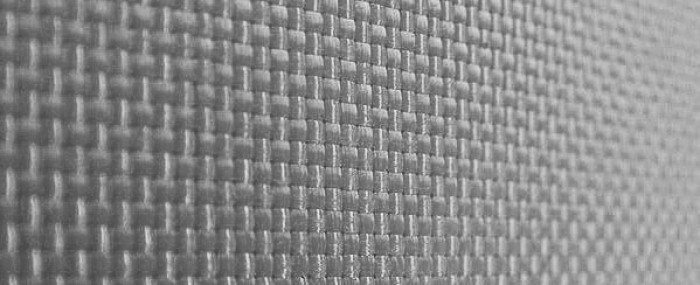
Brazilian firm develops three-dimensional multilayer fabric for body armor
01 de outubro de 2019By Eduardo Geraque | FAPESP Innovative R&D – Before it succeeded in making three-dimensional multilayer fabric for use in bulletproof vests for military personnel and law enforcement officers, the research and development department at Tecplas, a company headquartered in São José dos Campos (São Paulo State, Brazil), had to begin by developing a loom capable of weaving this type of fabric.
“We took the principle underlying the conventional loom that weaves a single layer and from that developed a new machine to do what we wanted. That’s all been accomplished,” says Takashi Tsurumaki, CEO of Tecplas, which specializes in developing products made of composites. The company is based in the Paraíba Valley region of São Paulo State, and its main customers are in the aircraft industry, for example, Embraer.
“First, we had the idea of making 3D multilayer fabric as a key differentiator. Then, we thought about how to make it,” Tsurumaki recalls.
The entire innovation process was supported by FAPESP’s Innovative Research in Small Business Program (PIPE). In the first project approved, the challenge was to obtain 3D multilayer fabric from carbon fiber, glass or aramid for use as composite material reinforcement. The project was completed in 2017. The company also used its own funds to develop the industrial loom capable of weaving the fabric.
In another project, which was also developed with support from FAPESP’s PIPE program, the company obtained funding to develop the project and to scale up production of 3D multilayer aramid and carbon fiber fabric for aeronautics and defense applications.
The choice of aramid fiber for the 3D fabric’s binding weave, Tsurumaki explains, is related to the typical applications of this type of raw material in the marketplace. For example, aramid is used worldwide in bulletproof composites for body armor and armored vehicles, to enhance damage tolerance and crashworthiness in aircraft bodies and parts, and to reinforce cockpit doors as an anti-terrorist deterrent.
“Our contacts with prospective customers have shown that there’s a market for this product. We’re now awaiting regulatory approval for the bulletproof vest,” Tsurumaki says.
Manhole covers
In addition to supplying the military and security industries, the company decided to test the use of the technology in manhole covers for sewers, water mains, power cables, communication lines or conduits. The project also obtained support from PIPE-FAPESP.
Tsurumaki hit upon the idea while watching a TV news program more than five years ago. He saw a report about thieves whose modus operandi consisted of parking a van on top of manhole covers in the streets of Rio de Janeiro and lifting the covers into the van through a hole in the floor of the vehicle. The covers were made of cast iron and had commercial value, and therefore, they could be melted down and sold on the black market. The idea of making a theftproof manhole cover was the inspiration for the project.
“We thought of making a manhole cover out of material that has no commercial value and that can’t be melted down,” Tsurumaki recalls. Cast iron manhole covers are used by almost all water, power and telecom utilities in Brazil.
Manhole covers made of the new composite are also stronger and can therefore withstand heavy weights. They are also lighter and can therefore easily be carried by one person, as opposed to two for a cast iron cover. “Some utilities have expressed interest in the product, which we’re still developing,” Tsurumaki says.
The first version of the product to be marketed will be a manhole cover for use on sidewalks, where there is no impact from vehicle traffic. “The loadbearing capacity can be smaller for a sidewalk manhole cover. It can be 15 tons, instead of 40 tons for a roadway manhole cover,” he notes. “We’re negotiating with a number of utilities to develop a pilot project and to obtain results in the field.”
Company: Tecplas
Site: www.tecplas.com.br
Address: Rua Serra do Roncador 337, São José dos Campos, SP, CEP 12235-240, Brazil
Tel: +55 12 3931-5660 / 5233 / 7575
Contact: tecplas@tecplas.com.br
